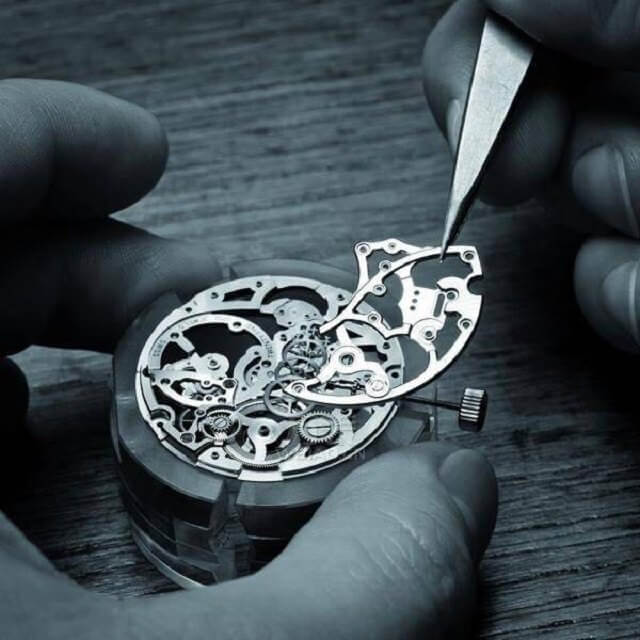When it comes to watches, the movement is an essential aspect that determines its performance, precision, and longevity. Two of the most renowned and sought-after movements in the watch industry are Japanese and Swiss movements. Both have their unique strengths, but they also differ in several aspects. In this article, we will delve into the details of Japanese vs. Swiss movements to help you understand their characteristics and make an informed decision when choosing your next timepiece.
Japanese Movement:
Japanese movement watches are widely recognized for their reliability, accuracy, and affordability. Brands like Seiko, Citizen, and Casio have dominated the market with their exceptional craftsmanship and technological advancements. The Japanese watchmakers are known for their precision engineering and attention to detail, which results in watches that maintain accurate timekeeping over long periods.
One of the key reasons behind the popularity of Japanese movements is their extensive use of quartz technology. Quartz watches utilize a battery to power an electronic circuit, which regulates the movement of the watch hands. This technology has revolutionized the industry by providing highly accurate timepieces at an affordable price point. Japanese movements also boast excellent longevity, requiring minimal maintenance and infrequent servicing.
Swiss Movement:
Swiss movement watches have earned a reputation for their unparalleled craftsmanship, horological expertise, and luxury appeal. Switzerland has been a hub of watchmaking for centuries, with brands like Rolex, Omega, and Patek Philippe leading the industry. Swiss watchmakers are known for their dedication to traditional watchmaking techniques, often combining hand-craftsmanship with cutting-edge technology.
Unlike Japanese movements, Swiss movements predominantly rely on mechanical mechanisms. The intricate gears and springs work in harmony to power the watch, and the self-winding or automatic movements are particularly admired by watch enthusiasts. These mechanical watches embody a level of artistry that reflects the mastery of Swiss horologists.
Comparison:
- Accuracy: While both Japanese and Swiss movements are accurate, Japanese quartz movements generally edge out Swiss mechanical movements in terms of precision. Quartz watches have the advantage of minimal deviation in timekeeping, measured in seconds per month, whereas mechanical watches may have slight variations due to their inherent design.
- Craftsmanship: Swiss movements are often considered more refined and intricate due to their mechanical nature. The artistry involved in creating a Swiss mechanical movement adds to the watch’s allure and contributes to its premium pricing.
- Price Range: Japanese movements tend to be more budget-friendly compared to Swiss movements. This affordability makes Japanese movement watches an attractive option for those seeking high-quality timepieces without breaking the bank.
- Resale Value: Swiss watches generally retain higher resale value, especially in the case of luxury brands. The combination of craftsmanship, brand reputation, and exclusivity contributes to their lasting value in the market.
Conclusion:
In conclusion, the choice between a Japanese movement watch and a Swiss movement watch boils down to your personal preferences and budget. If you prioritize accuracy, affordability, and low maintenance, Japanese movement watches are an excellent choice. On the other hand, if you appreciate the intricate craftsmanship, luxury appeal, and are willing to invest in a premium timepiece, Swiss movement watches will surely satisfy your desires.
For a more in-depth comparison of Japanese vs. Swiss movements, you can check out this Japanese vs. Swiss Movement article, which further explores the nuances of each type of watch movement.
